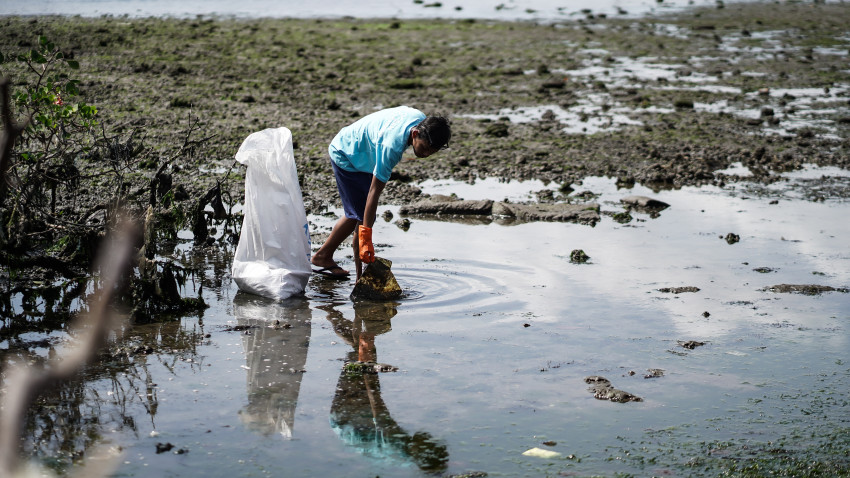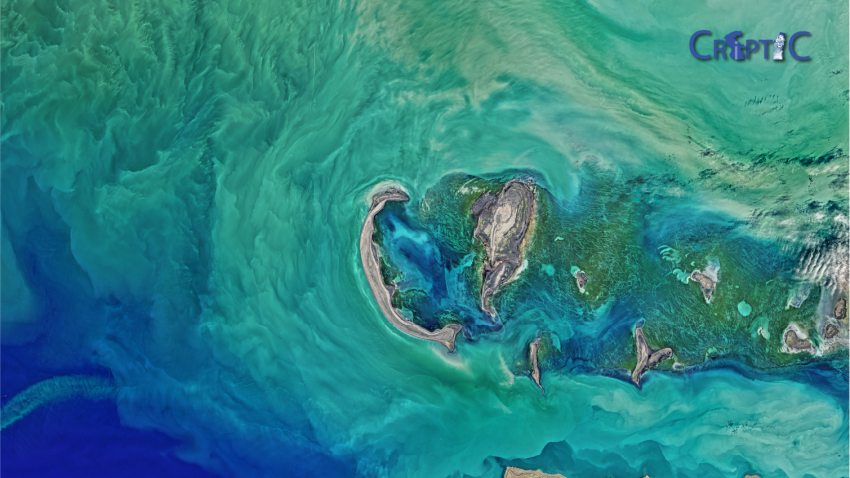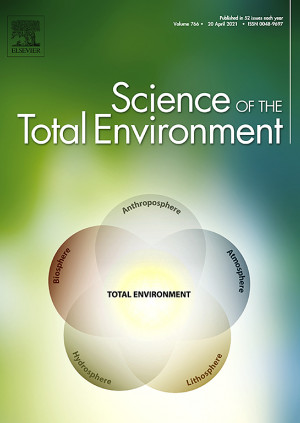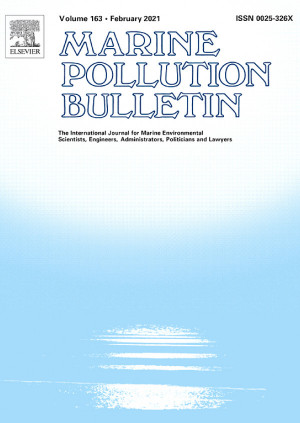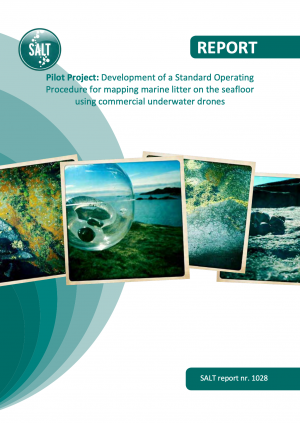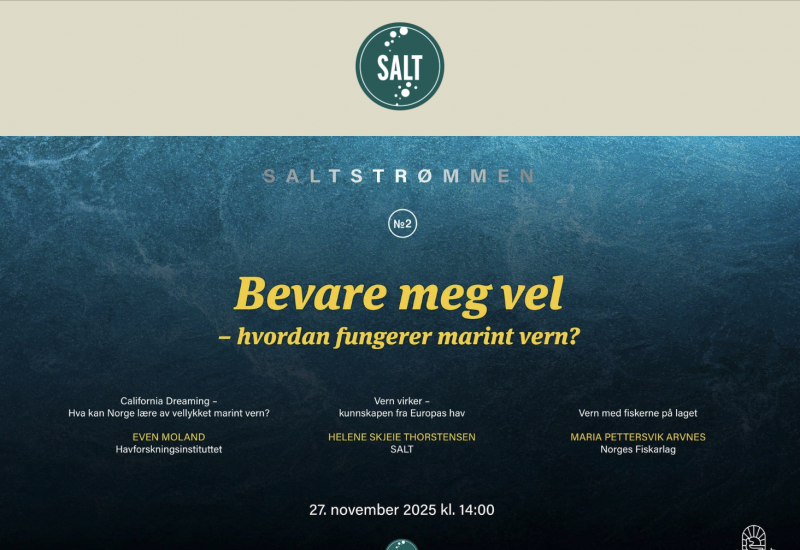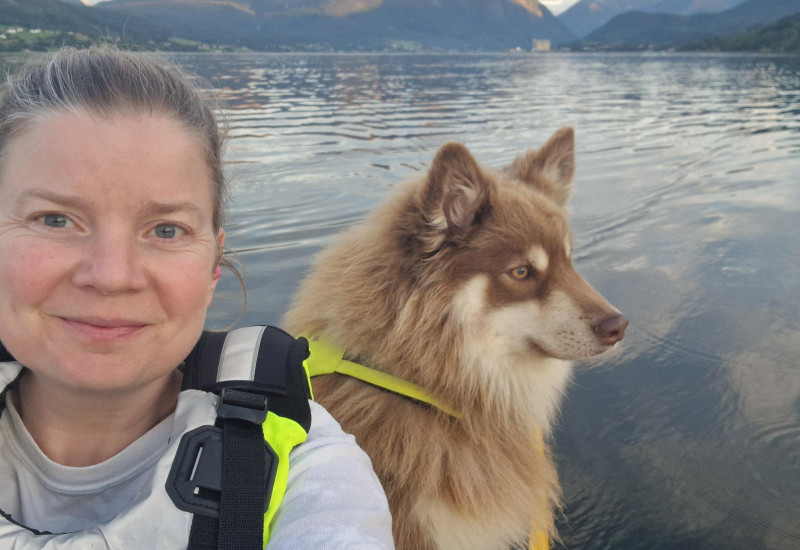Marine Litter
Marine litter is widespread and poses a threat to wildlife in and around the sea, and may also pose a risk to human health. Marine litter has recently gained significant attention and there is now a consensus for action. However, that requires more knowledge and a thorough understanding of this increasing global problem.
SALT maps quantities and transport of marine litter, and we identify sources and causes to litter ending up in nature. The knowledge we build is then transfered into concrete preventative measures or communicated to decisionmakers. We want to contribute to an efficient and knowledge-based monitoring of marine litter, and to be able to track changes over time. SALT also plays an important role in the development of new value chains for marine litter or plastic waste from maritime industries. Last, but not least, SALT is a key player in organising profsessional beach clean-ups in Norway.
Projects
Publications
News
News from SALT are now also available through our newsletter. Please subscribe, and get invitations to SALT events, information about exciting projects and new knowledge directly to your e-mail. Our very first newsletter are now available. It provides you with an invitation to the next webinar in our series SALTstrømmen, and gives you the opportunity to learn more about how SALT work with marine protection.
Read the newsletter here (in Norwegian only).
The network of SALT offices keep growing. We are now also established in beautiful Vestnes in Møre og Romsdal. Senior Advisor Tale Skrove has brought both the job and her office dog Pelle back home. With this expansion, SALT strengthens our presence along the western coast of Norway. You are warmly welcome to stop by Tale for a conversation about potential collaborations and new projects where SALT can contribute with our expertise. Our office is located in Stadionvegen 2 at Helland.



